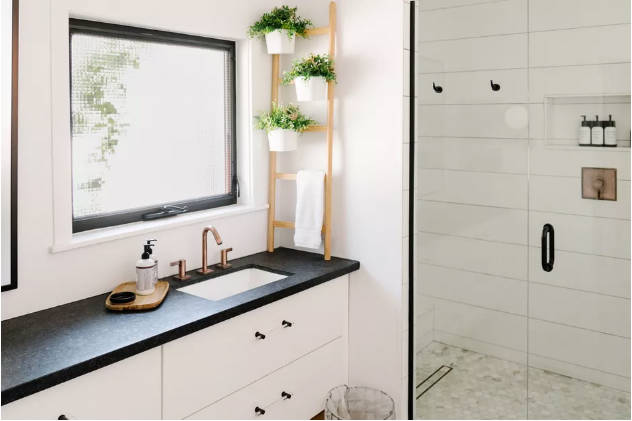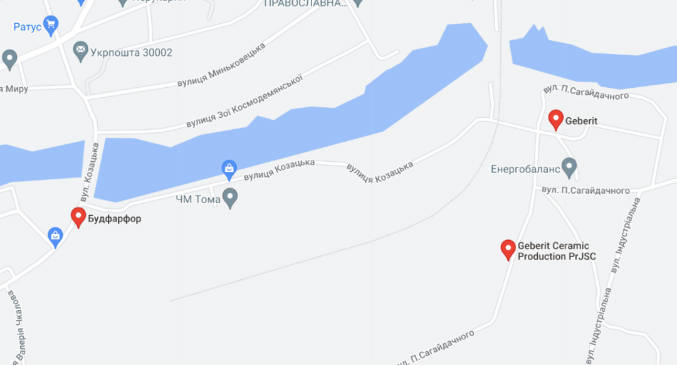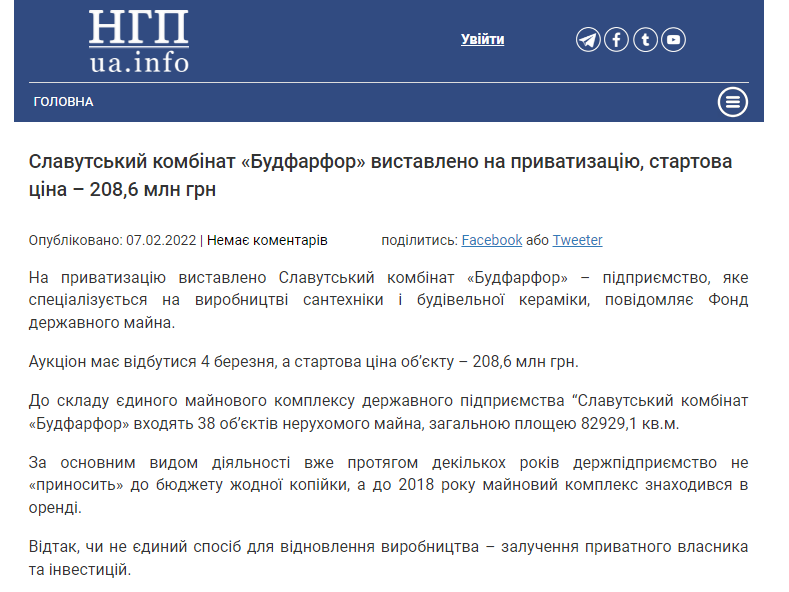Original Kitchen And Bathroom Industry Mainstream Media Kitchen And Bathroom Information
The Ukrainian porcelain-making tradition originated in Volynia at the end of the 18th century. By the middle of the 19th century, small porcelain factories emerged with the entry of large multinational porcelain companies. Information about them is usually extremely scarce.
Poland’s close proximity to the Ukraine has made its history no less complicated than Russia’s. In the 18th century, many wealthy Poles owned property in Volynia. By the 19th century Poles were still the main customers of Ukrainian porcelain and faience factories, and their products were stored in warehouses in Moscow, Warsaw and other cities and sold in stores there. Thus traces of Ukrainian manufacture are abundant in Polish museums and private collections.
The ratio of locally produced sanitary ware to imported products in the Ukrainian sanitary ware market is about 6:4. The two leading Ukrainian sanitary ware companies are both foreign-owned. En outre, a number of them are concentrated in Slavuta, in the north of Khmelnytskyi region. Industry is a key element of the region’s growth, with more than 100 companies operating in the town.

JSC “Slavuta plant “Budfarfor” – one of the largest factories in Eastern Europe, which earlier focused on porcelain and later on the production of sanitary ware.
LLC “Aqua-Rodos” – a leading manufacturer of furniture in Ukraine.
LLC “Sanservis” specializes in the production of bathroom furniture. Over the years of its activity, the company has established close partnerships with the network of hypermarkets, wholesale bases, retail stores throughout Ukraine.
LLC “Yuventa” produit des meubles de salle de bains modernes.
Parmi eux, l'usine Slavouta “Budfarfor” doit être mentionné en relation avec l'industrie ukrainienne de la céramique sanitaire. L'usine a été créée en 1909. Le premier lot de porcelaine sanitaire a été produit en 1910.
Dans 1922, l'usine a été nationalisée, and in 1946, the so-called pouring method was introduced for the first time in the Soviet Union, ce qui a doublé la production. Dans les années 1960, the factory underwent an intensive technical renovation; glazing technology was introduced. Dans 1975, l'usine a été entièrement convertie aux produits en porcelaine et est devenue l'un des principaux producteurs de céramique sanitaire en URSS, avec une production annuelle de 1.7 millions de pièces. Depuis 1944 à 1956 il faisait partie du ministère des Matériaux de construction industriels de l'URSS.
Après l'effondrement de l'Union soviétique dans les années 1990, it became one of the few factories in Ukraine to remain in operation, and later came under the jurisdiction of the Ministry of Building Materials of Ukraine.
En octobre 2006, an agreement was signed with the Finnish company Sanitec Group Corporation to set up a joint venture for further modernization of the enterprise, amélioration de la qualité des produits, conception et agrandissement. Selon les analystes, la part de Slavuta “Budfarfor” in the Ukrainian market in 2007 was 30%.
D'après les données, Geberit entered the Ukrainian market in the second half of 2004. Dans 2015, Geberit completed the acquisition of 99% des actions du Groupe Sanitec. Geberit has been able to localize its development by taking over Sanitec’s Ukrainian assets. Dans 2017, Geberit monopolized the main flushing systems market in Ukraine. Dans 2019, Geberit invested in a large modern production site and logistics center near the former state-owned sanitary ware plant. Actuellement, it is one of the largest manufacturers of sanitary ware in Ukraine.


D'après un entretien avec Oleksiy Rakov, Directeur général de Geberit Trading SARL, publié dans la presse ukrainienne en 2020, it can be learned that Geberit currently has two factories in Ukraine, with products at the low-end, mid-range and high-end. One of the sanitary ceramics factory has an annual capacity of about 3.5 millions de pièces. Il dispose d'un four tunnel de 147 mètres en Sacmi.
D'après l'actualité de février 7, l'ancienne usine Budfarfor a été privatisée. La vente aux enchères aura lieu en mars 4. It includes 38 ensembles immobiliers d'une superficie totale de 82,929.1 mètres carrés.

En outre, another large bathroom company in the Ukrainian market is Cersanit Invest LLC, which is also a Polish holding company, specializing in tiles and sanitary ware, located in the city of Kielce in southeastern Ukraine. L’usine de carrelage de l’entreprise située dans la nouvelle ville de Volensky a une capacité annuelle d’environ 12 millions de mètres carrés. It is worth noting that the largest shareholder of the company is Polish Michał Sołowow, a resident of Kielce, Ukraine.
Reprinted with permission from Kitchen & Actualités du bain
References
Долинський Л.В.Український художній фарфор. – К.: видавництво Академії наук УРСР, 1963.
Петрякова Ф.С. Украинский художественный фарфор (конец XVIII-начало ХХ ст.). – К., “Наукова думка”, 1985
 Fournisseur d'usine de robinetterie iVIGA
Fournisseur d'usine de robinetterie iVIGA
